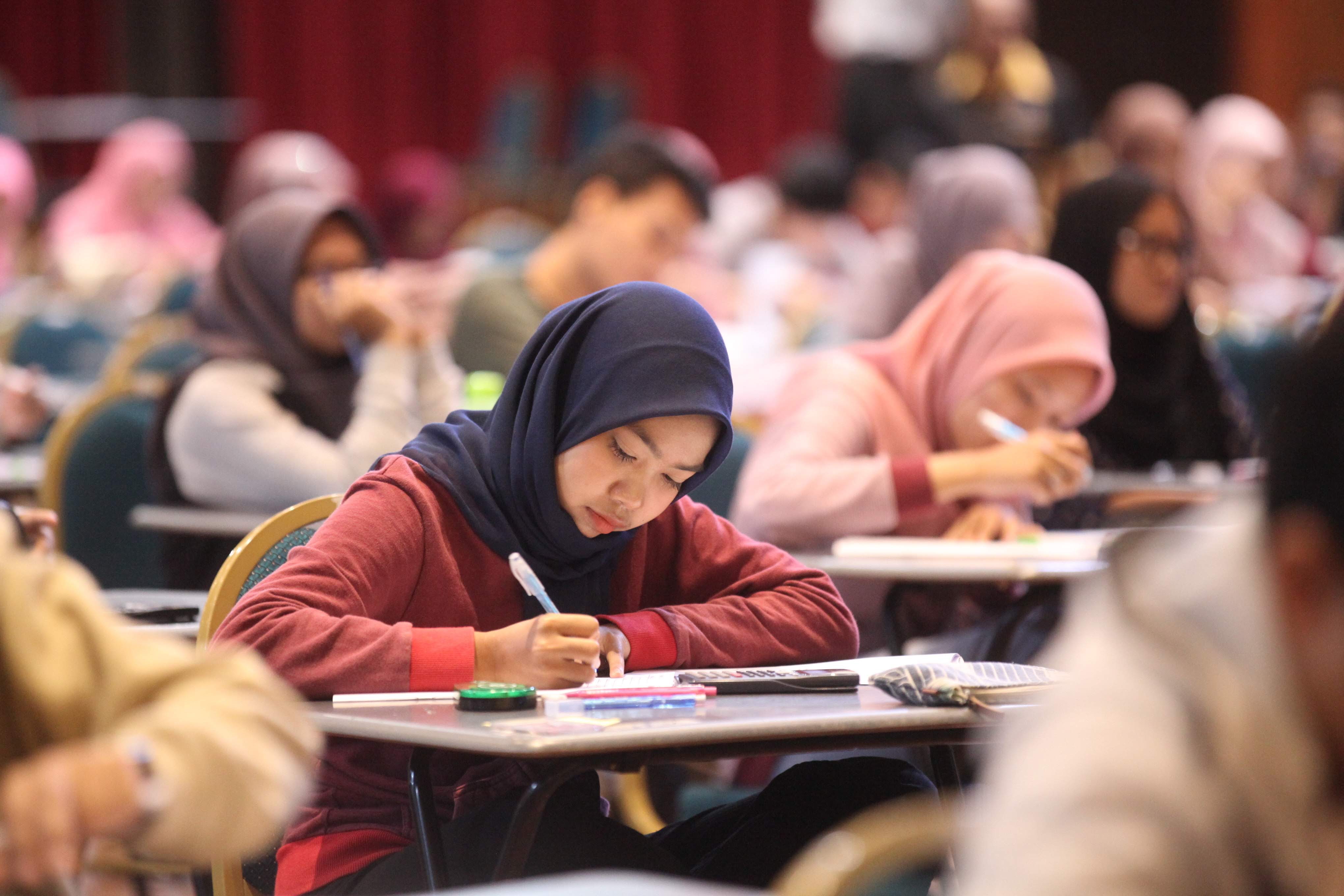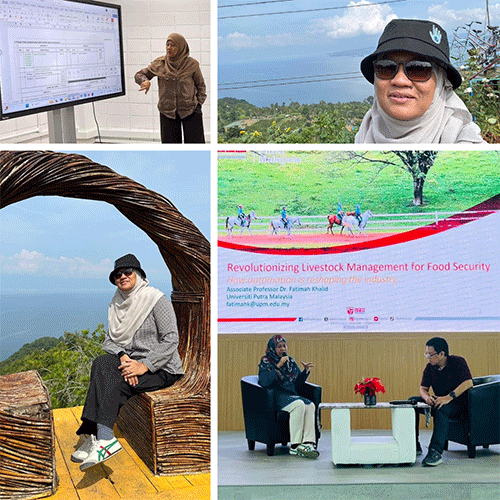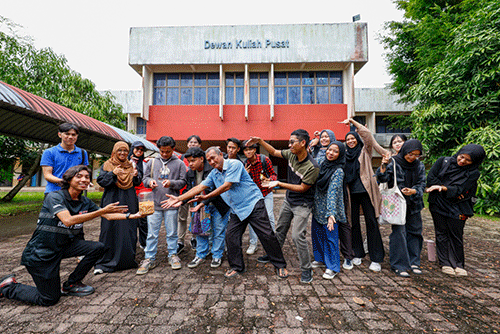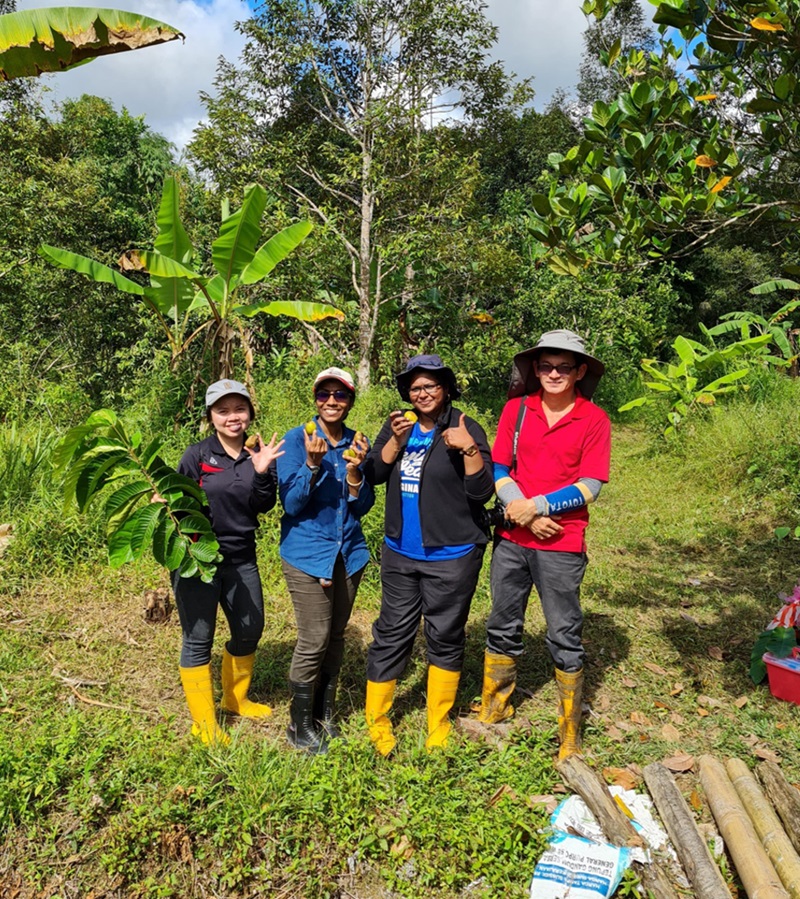Article Summary
In terms of leadership and governance, it is predicted that higher education leaders should be agile and ready to adjust their styles of leading and managing their organizations to suit with situations and the stakeholders that they are dealing with.
By Professor Ismi Arif Ismail
Director, Institute for Social Science Studies (IPSAS)

As 2020 is fast approaching its end, the following are the potential new trends in higher education envisioned by scholars of higher education.
Amidst this VUCA (volatile, uncertain, complex, ambiguous) world that we are living in, higher education ecosystem in the new era will be more agile, fluid and flexible to suit with the rapid changes surrounding it.
The new trends will bring a number of significant changes to the higher education landscape.
Forward-thinking higher education leaders and professionals can capitalize on these trends to enhance their practices in leadership and governance, curriculum and instruction, research and innovation, industry and community relation as well as student development.
In terms of leadership and governance, it is predicted that higher education leaders should be agile and ready to adjust their styles of leading and managing their organizations to suit with situations and the stakeholders that they are dealing with.
The ability to collaborate with multiple stakeholders namely government, industries, alumni and donors both locally and globally in the day to day operation of the institution will enable them to stay current and future ready.
Data analytics for decision and action will be new trend of higher education leaders to ensure efficiency and effectiveness of their institutional delivery system. Funding and student enrolment will be the critical factors or institutional survival. Establishing high quality faculties or schools and research institutes will attract funding and high quality prospective students and this will strengthen the ecosystem.
The new trend also envisions more fluid and flexible competency based curriculum as the framework that facilitate more customised and technology integrated teaching-learning activities optimising augmented, virtual and mixed realities to complement the face to face interaction where students can learn from anywhere and at anytime.
Micro competency-based open and distance learning as well as the face to face experiential learning opportunities will enable students to learn at their own pace in meeting their unique and personalised needs. Student mobility is more in virtual form rather than the conventionally physical movement across the globe.
A more translational and demand driven research and innovation ecosystem which intensively rely on strong university-industry-community relation will ensure that both fundamental and applied research efforts will directly impact on the targeted beneficiaries.
The new trend in student development will see a more holistic approach that emphasises on experiential learning, mentoring and coaching activities that will help to unleash their potentials and nurture the students to grow as brave, bold, humble and wise individuals.
Thus, we profoundly need higher education leaders with an entrepreneurial and futuristic mind-set to lead our institutions and the citizens to thrive through these new trends and the challenging years ahead.
Date of Input: 14/01/2021 | Updated: 14/01/2021 | hairul_nizam
MEDIA SHARING



























